
BY DR. RAVINDER PALL SAINI
IFS (RETIRED)
MEMBER (BOM), FOREST RESEARCH UNIVERSITY,
DEHRADUN
DEHRADUN, 6 DECEMBER 2022
The Wildlife Management and Conservation policy and strategy in South Africa gives different field work trainees and wildlife managers a hands-on opportunity to work with endangered wildlife like Rhinos, Sables, African elephants and Lions as well as other species. Trainees can learn about dart assembly, tranquilization, radio telemetry and other wildlife techniques utilized in wild species conservation and management.

Poaching is widespread in South Africa and the challenge it poses is very formidable. It is typical to find a dehorned rhino which poachers would have left to die from excessive bleeding. By assisting with treatment and rehabilitation efforts students will learn about the powerful role that wildlife veterinarians play in helping with wildlife management. The veterinary experience gained during this course is truly global in nature as students work with a South African veterinarian and learn about challenges in wildlife management. Another important aspect is fire management and establishing good grasslands with a maintenance plan.

All the inputs of hands-on experience with African wildlife while in their natural habitat is provided through various institutions, rehabilitation centres, breeding centres, museums and nature conservation resorts. Some of the important ones visited by me in are explained below:

1. Kruger National Park is a South African National Park and one of the largest game reserves in Africa. It covers an area of 19,623 km2 (7,576 sq. miles) in the provinces of Limpopo and Mpumalanga in northeastern South Africa and extends 360 km (220 mi) from north to south and 65 km (40 mi) from east to west. The administrative headquarters are in Skukuza. Areas of the park were first protected by the government of the South African Republic in 1898, and it became South Africa’s first national park in 1926.

To the west and south of the Kruger National Park are the two South African provinces of Limpopo and Mpumalanga, respectively. To the north is Zimbabwe, and to the east is Mozambique. It is now part of the Great Limpopo Transfrontier Park, a peace park that links Kruger National Park with the Gonarezhou National Park in Zimbabwe, and with the Limpopo National Park in Mozambique.

The park is part of the Kruger to Canyons Biosphere, an area designated by the United Nations Educational, Scientific and Cultural Organization (UNESCO) as an International Man and Biosphere Reserve. It provides an ample ground for overall wildlife management practical training.

2. Letaba Elephant Hall (elephant museum cum interpretation centre) – Lying on the banks of the Letaba River, Letaba Camp is one of the favourite camps at Kruger National Park. Its name means river of sand and describes the riverbed that is a perfect space for spotting game, particularly elephants who are said to thrive in the area.
The Letaba Elephant Hall is the only museum dedicated to elephants in the country and includes a complete elephant skeleton, and a replica of an elephant’s heart.

It is not difficult to imagine elephants under the canopy of sycamore fig, Natal mahogany, apple leaf and sausage trees. Which is why it is a rather fitting site for the Letaba Elephant Hall, an elephant museum that covers the evolution of elephants, their biology, behaviour, ecology and, best of all, the ivory of eight of Kruger’s greatest tuskers.

Tuskers are the Kruger National Park’s largest elephant bulls to wander the park between the 1930s and the 1980s. These include what became known as the Magnificent Seven – Kzombo, Joao, Kambaku, Mafunyane, Nlulamithi, Shawu and Shingwedzi.
Each of these elephants had tusks that weighed in at over 50 kilograms. Joao is said to have had the largest single tusk, weighing in at 70 kg, even if his tusks broke off as he got older and were never recovered. As a result, his are the only tusks that you won’t see in the Elephant Hall.

Shawu had the longest tusk at 3 metres 17 cm. If you consider that this weighs a healthy 52 kilograms, it is not surprising to learn that it is also the sixth longest amongst all recorded African elephants.
Kruger is proud of the fact that the genes of these incredible and great tusked elephants live on in the Kruger. Africa’s great bull elephants have been hunted to such a degree that most of the great bulls’ genes, outside of the protection of the Kruger, have been lost.
African Elephant: Loxodonta africana
African elephant, weighing up to 6000 kg (6.6 tons) and measuring up to 3.3 m (10 ft.) at the shoulder, the African elephant is the world’s largest land mammal. It is characterized by its highly dexterous trunk, long curved tusks, and massive ears.

A combination of the upper lip and nose, an African elephant’s trunk is extremely versatile. Elephants use their trunk for smelling, breathing, detecting vibrations, caressing their young, sucking up water, and grasping objects. The tip of their trunk is comprised of two opposable extensions, or fingers, which allow for extreme dexterity.
Both male and female elephants possess tusks, which are modified incisor teeth. Although tusks are present at birth, the “baby tusks” fall out after a year, and permanent ones replace them. These tusks will continue to grow throughout the elephant’s life. Like the trunk, elephant tusks are utilized in a wide range of activities. They are used for digging, foraging, and fighting. At times, they also act as a resting place for the elephant’s very heavy trunk.
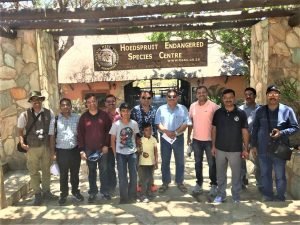
3. Moholoholo Wildlife Rehabilitation Centre At Hoedspruit – South Africa.
“The continued existence of wildlife and wilderness is important to the quality of life of Humans”.
~~~~~~~~~`Jim Fowler
Situated in the shadow of the majestic “Mariepskop” which forms part of the mighty Drakensberg Mountains, our unique Wildlife Rehabilitation Centre is a home to many of South Africa’s abandoned, injured, and poisoned wildlife. Moholoholo Wildlife Rehabilitation Centre is extremely proud of its efforts in wildlife education in South Africa. At Moholoholo we are often faced with the difficult decision of what to do with an injured or poisoned animal which will not be able to be released back into the wild. As a result, we have several “permanent residents” at the centre and at our own cost we use them as “ambassadors” for their respective species. Members of the public are therefore able to get an up close and personal experience of these incredible creatures and with our hands-on approach we could demonstrate to the public the threats and problems our wildlife is facing today.

The Centre has a long standing and successful Serval Breeding Project and more than 160 have successfully been reintroduced to areas where they have become extinct. We are actively involved in research on the movement and behaviour of leopards and also on a number of vulture species that we monitor daily at our “vulture restaurant”. A visit to the Centre is “an experience of a lifetime” and will leave you with lasting memories.
Aim:
Wherever possible, rehabilitated birds and animals are returned to the wild and those who are not so fortunate due to the nature and extent of their injuries are used for educational purposes to the many people who visit us each year both from South Africa and abroad. Interaction between our animals, birds and visitors to Moholoholo is permitted under controlled conditions.
4. The Southern African Wildlife College (SAWC) is an accredited Higher Education and Training institution specialising in education, training, and skills development for students in the conservation sector. It was established in 1996 by the Worldwide Fund for Nature – South Africa (WWF-SA) in close cooperation with government departments, conservation agencies, and the Southern African Development Community (SADC).
The SAWC is an independent, non-profit institution and does not receive any government subsidies. It is wholly supported by the donor community and its partners, including Peace Parks Foundation (PPF) and the Southern African Wildlife College Trust (SAWCT).
The college is proudly supported by Peace Parks Foundation and WWF South Africa, who share the vision of building the capacity of staff in wildlife areas.
The programmes presented at the college cover the full spectrum of skills needed to sustain and rehabilitate wildlife areas. Through testing and ensuring best practice for conservation organisations, the college remains abreast of current conservation challenges. Its courses not only develop and open up career opportunities for conservation personnel, but also help to transform the biodiversity economy of the region and open up southern Africa’s existing protected area network and TFCAs.
5. Field Rangers Complete Training – Kruger.
The training of the Rangers is based on a holistic approach.
In between fitness and battery tests, casualty evacuation, also known as CA SEVAC, sleep deprivation and aggression tests, the trainees discussed HIV-Aids, other health aspects and broader life issues where they could get to know one another as well as share knowledge, understanding and experiences.
A lot of time is spent on weapons training and building the trainees’ confidence in their shooting ability. The group operated in teams and spent at least a week in the bush (forest area) – where they will spend most of their working life. During this part of the training, Kruger’s corporals participate in to assist with hands-on training. A lot of these corporals have been in the park for many years and not only do they know the bush vividly.

Advertisement:


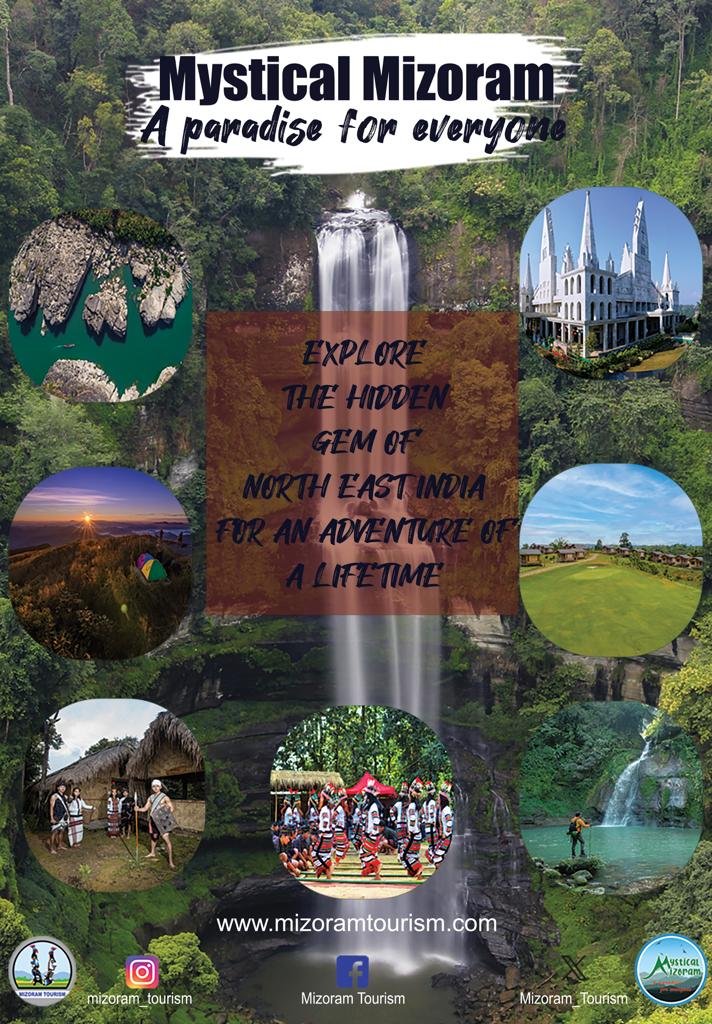






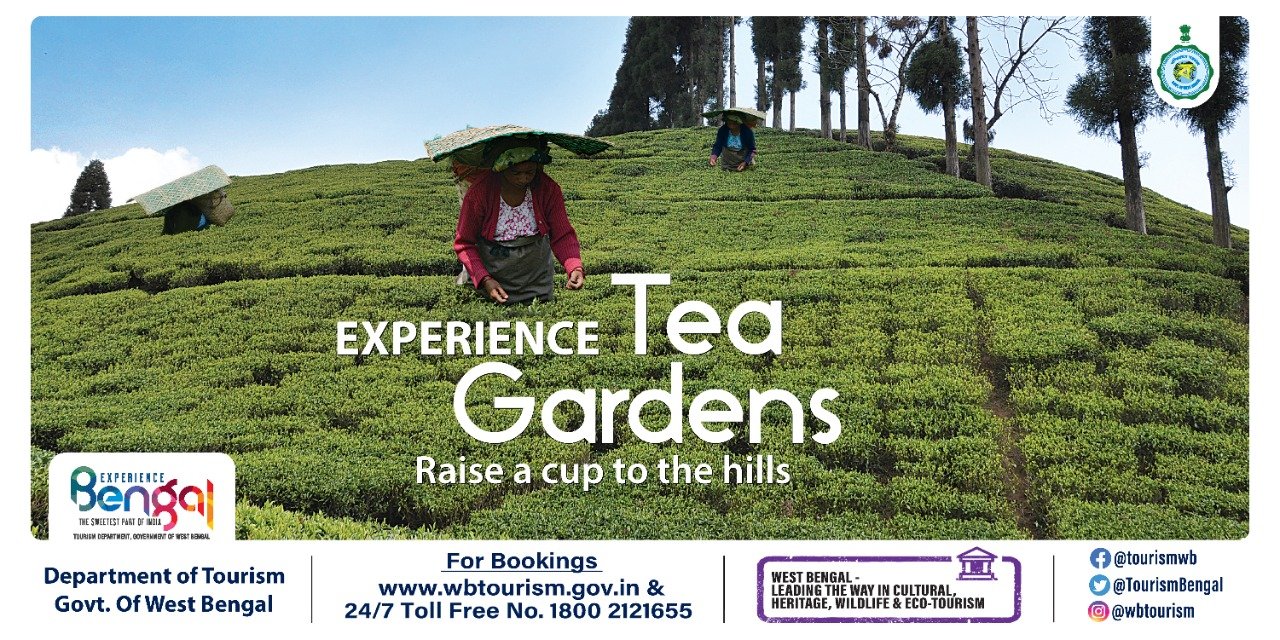


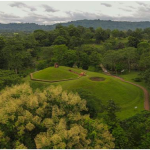



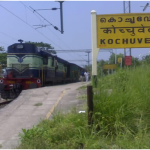










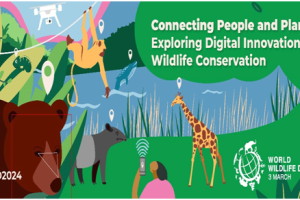






Add Comment